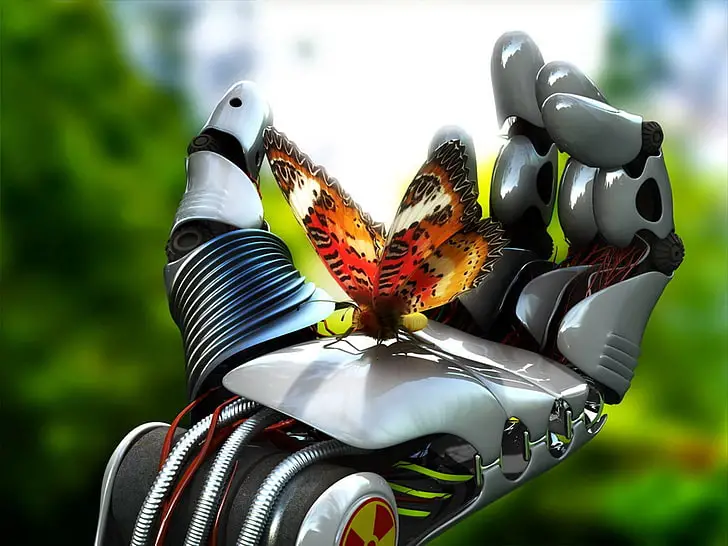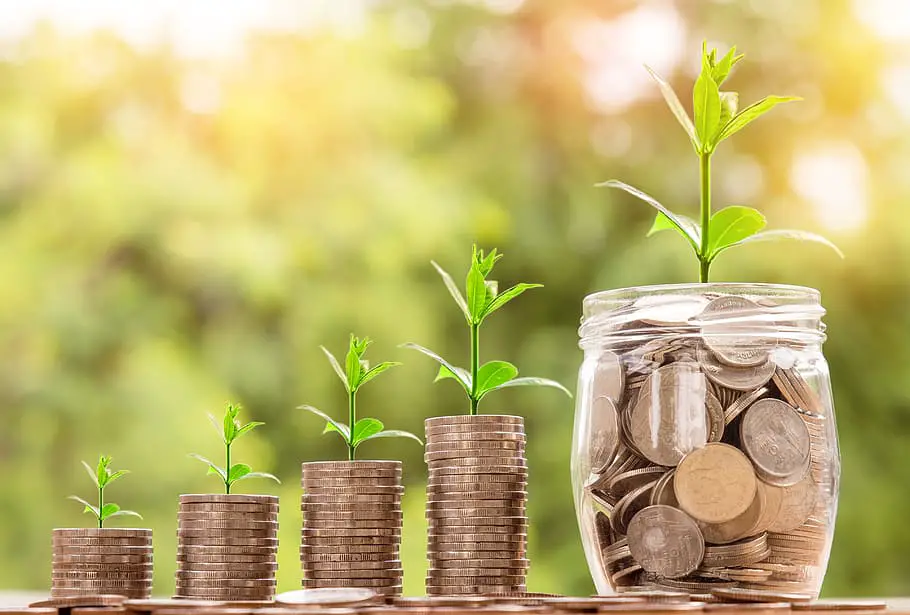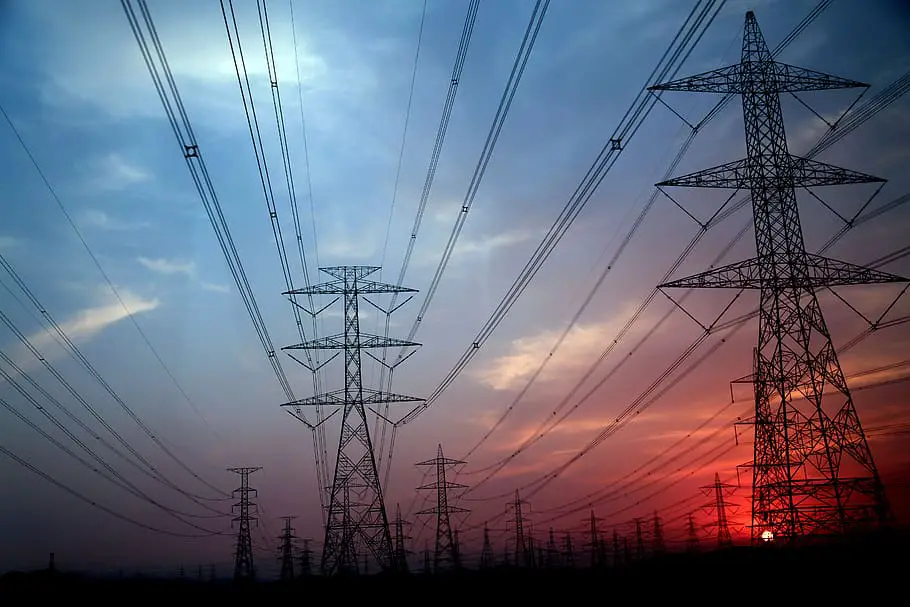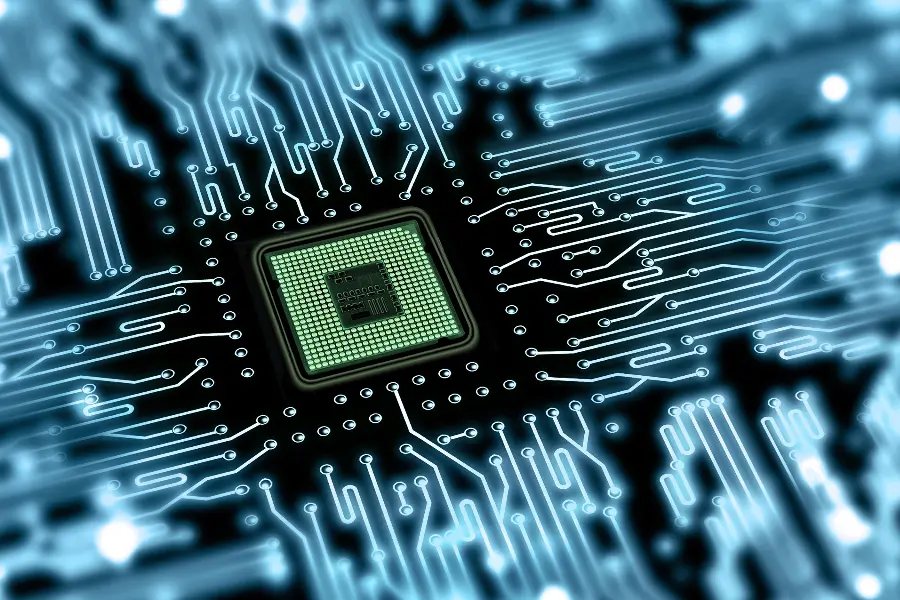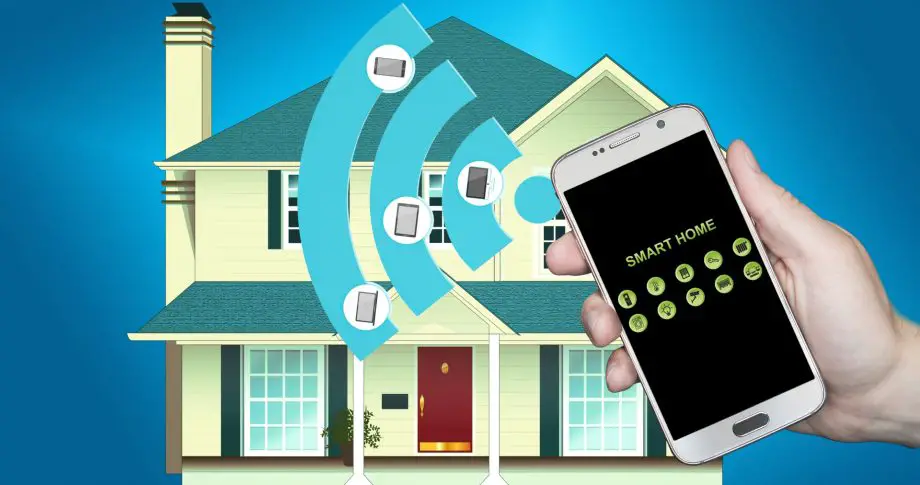
Discover the importance of green energy in sustainable development. Join us as we explore renewable resources for a sustainable, eco-friendly future.
Ever wondered about the importance of green energy in sustainable development?
Well, it’s like a key that unlocks a future where our planet thrives, our economies flourish, and we all enjoy a better quality of life.
It’s not just about powering our homes and cities, but about sparking a transformation that touches every aspect of our lives.
So, let’s dive in and explore how harnessing the power of the sun, wind, water, and earth can help us build a sustainable and prosperous world for generations to come.
The Importance of Green Energy in Sustainable Development
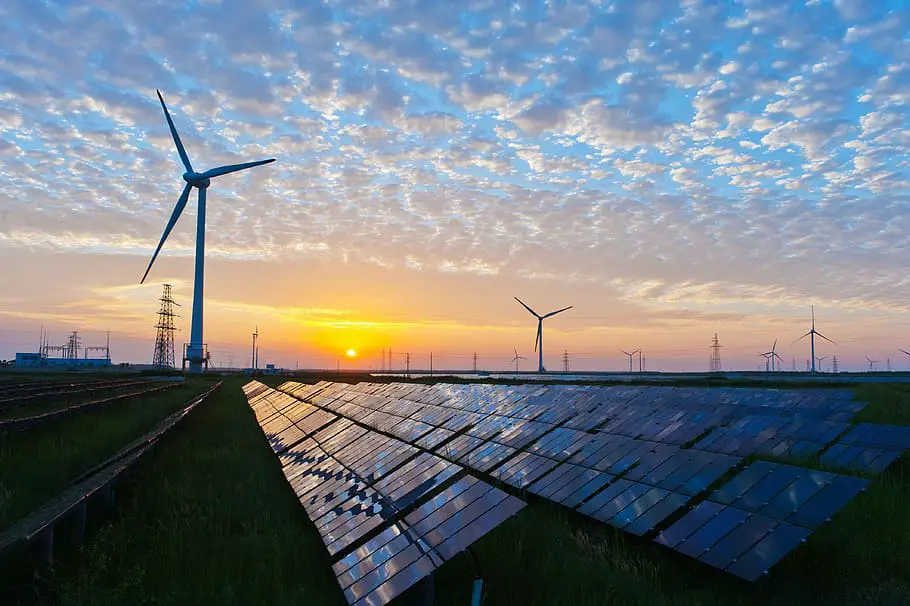
Welcome to our deep dive into the importance of green energy in sustainable development.
This isn’t just about swapping out old light bulbs or turning off the tap while we brush our teeth.
It’s a comprehensive look at how renewable energy sources like solar, wind, and hydroelectric power are reshaping our world for the better in recent years.
We’ll explore the history, the current landscape, and the exciting future of renewable energy technologies. We’ll also delve into how each one of us can contribute to this green revolution right from our homes.
So, buckle up and get ready for an enlightening journey into the world of sustainable development powered by green energy.
Brief Overview of Green Energy and Sustainable Development
Let’s start with the basics. Green energy, also known as renewable energy, comes from natural sources that are constantly replenished, like the sun’s rays, the wind, flowing water, and the heat of the earth.
Unlike fossil fuels, these energy sources won’t run out, and they don’t pollute our air or water.
Now, let’s talk about sustainable development. It’s a way of organizing our societies so that we can meet our needs today without compromising the ability of future generations to meet theirs.
It’s about finding a balance between the energy sectors and economic growth, social inclusion, and environmental protection.
Importance of Green Energy in Sustainable Development
So, why is green energy so crucial to sustainable economic development?
Well, for starters, green energy helps us combat one of the biggest challenges of our time: climate change.
By switching to renewable energy consumption sources, we can significantly reduce the environmental impacts of greenhouse gas emissions that are driving global warming.
But the benefits of green energy go beyond the environment. Green energy technologies, like solar panels and wind turbines, are creating new industries and jobs.
They’re helping to boost economies and reduce poverty. They’re improving public health by reducing air and water pollution.
And they’re enhancing energy security by reducing our dependence on imported fossil fuels.
In short, green energy is not just a solution to our environmental problems.
It’s a pathway to a more prosperous, equitable, and sustainable world. And that’s why it’s at the heart of sustainable development goals.
Understanding Renewable Energy
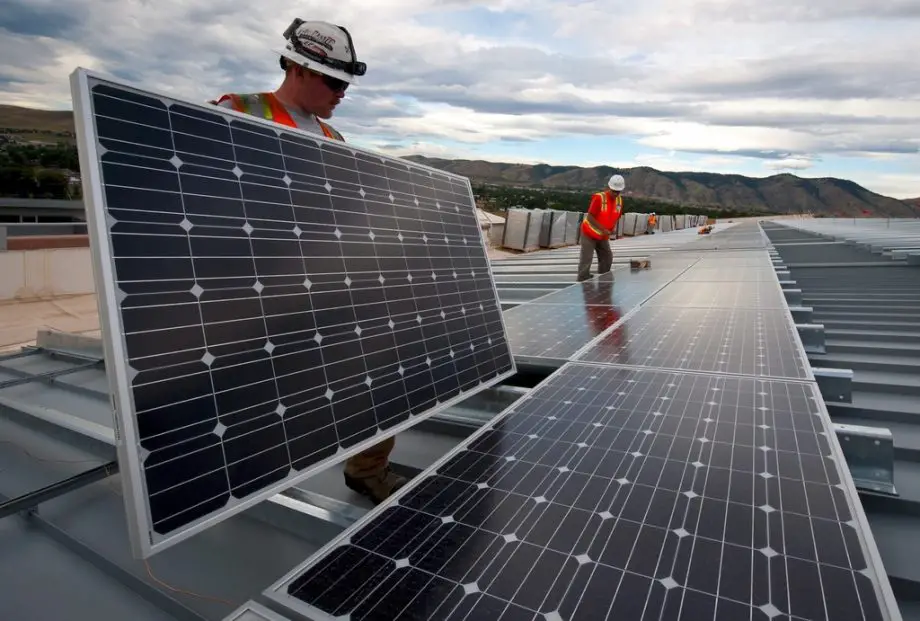
Ready to power up your knowledge of renewable energy? Renewable energy is a fascinating topic that’s not only crucial for our planet’s future but is also rapidly becoming a part of our everyday lives.
From the solar panels you see on rooftops to the wind turbines dotting landscapes, renewable energy is all around us.
But what exactly is it? How has it evolved over time? And what does its future look like?
Let’s embark on this enlightening journey to understand renewable energy, its historical context, and its potential to reshape our world.
Definition and Explanation of Renewable Energy
Let’s kick things off with a simple question: What is renewable energy?
In a nutshell, renewable energy comes from sources that nature continually replenishes, like sunlight, wind, and flowing water.
Unlike fossil fuels such as coal and oil which take millions of years to form and, once used, are gone for good renewable energy resources are based on natural resources that are here to stay.
Plus, renewable energies emit harmful greenhouse gases or pollutants that contribute to climate change and health issues.
It’s like nature’s gift to us, a way to power our lives without harming our precious planet.
Historical Context and Evolution of Renewable Energy
Now, you might think renewable energy is a new concept, but it’s as old as civilization itself.
Our ancestors harnessed the power of the wind to sail ships and grind grain, used the sun’s warmth to heat homes, and relied on the force of flowing water to turn water wheels.
But with the Industrial Revolution and the discovery of fossil fuels, we shifted towards these new, energy-dense sources, and renewables took a backseat.
Fast forward to the 21st century, and we’re seeing a remarkable resurgence of renewable energy.
With advancements in technology and growing awareness of climate change, we’re coming full circle back to these ancient sources of energy, but with a modern twist.
Current Status and Future Prospects of Renewable Energy
So, where do we stand today with renewable energy? Well, it’s a pretty exciting time.
Renewable energy is the fastest-growing energy source globally, with solar and wind energy leading the charge.
Countries around the world are investing heavily in renewable infrastructure, and many have set ambitious targets to achieve net-zero emissions in the coming decades.
As for the future, it looks even brighter. With ongoing technological innovations, falling costs, and increasing public and political will, renewable energy is set to play a starring role in our global energy mix.
It’s not just about powering our homes and cities; it’s about powering a sustainable future for all.
Types of Renewable Energy Sources
Alright, now that we’ve got a solid understanding of what renewable energy is and why it’s so important, let’s delve into the different types of renewable energy sources.
It’s like stepping into a superhero universe, each with its unique powers!
From the sun’s radiant energy to the mighty force of wind, the steady flow of water to the earth’s internal heat, each renewable energy source has its unique characteristics and uses.
So, let’s get to know these superheroes of sustainable development a little better, shall we?
Solar Energy
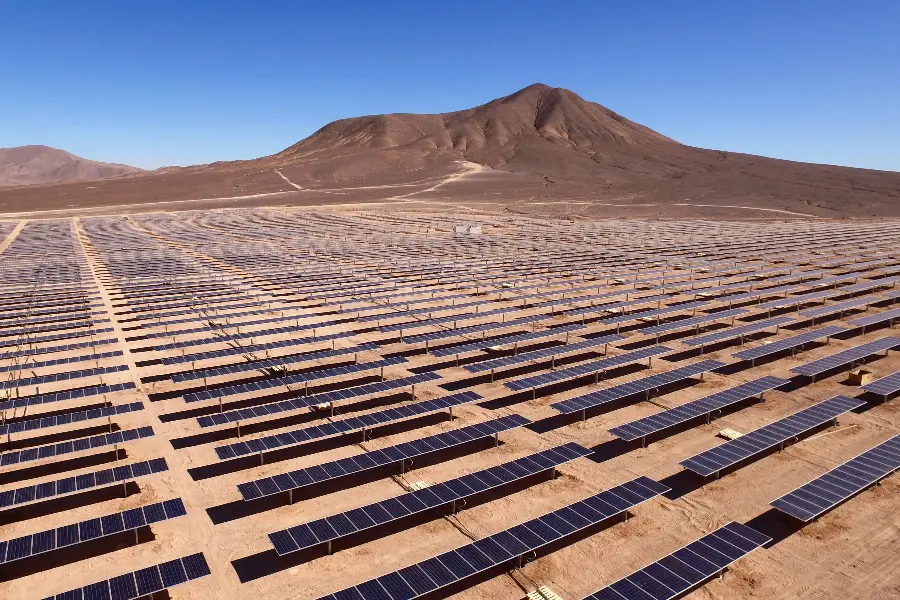
First up, we have solar energy, the superstar of renewables. It’s all about harnessing the power of the sun, a colossal ball of energy that’s been lighting up our skies for over 4.5 billion years.
We capture this energy using solar panels, which contain cells that convert sunlight directly into electricity.
It’s a clean, abundant source of energy that can power everything from small devices to entire cities.
Plus, with the cost of solar panels dropping, it’s becoming an increasingly affordable option for many people around the world.
Wind Energy

Next, let’s talk about wind energy. You’ve probably seen those towering wind turbines spinning in the breeze.
They work by capturing the wind’s kinetic energy and converting it into electricity.
It’s a powerful and plentiful source of energy, especially in places with lots of open space and steady winds.
Wind energy is also one of the fastest-growing renewable energy sources, with countries like the United States, China, and Germany leading the way in wind power generation.
Hydroelectric Power
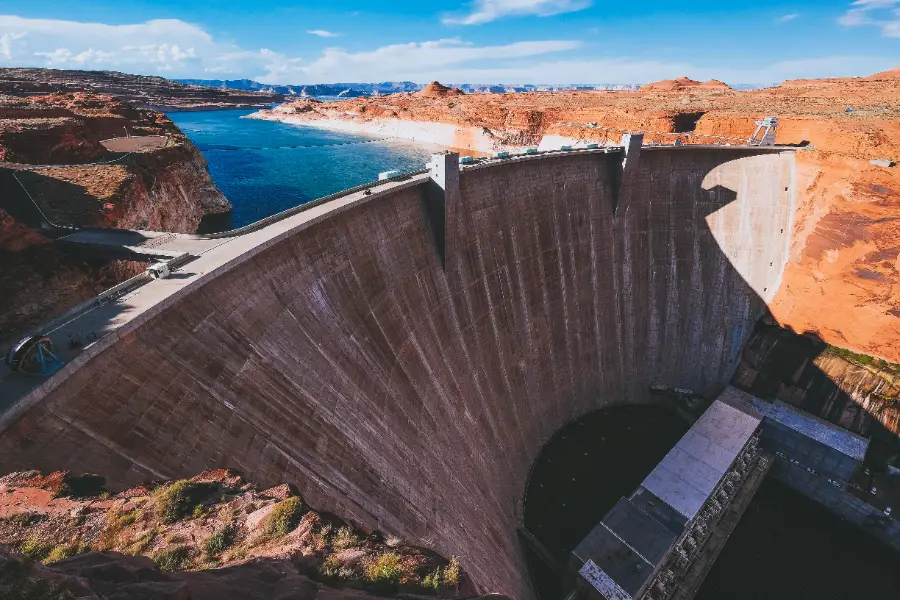
Then we have hydroelectric power, the granddaddy of renewable energy.
It’s all about using the force of moving water, usually from a dam or a river to generate electricity.
It’s a tried-and-true method that’s been around for over a century and still accounts for a significant portion of the world’s renewable energy.
Plus, it’s not just about large-scale projects; small hydroelectric plants can also provide clean, reliable energy for local communities.
Biomass Energy
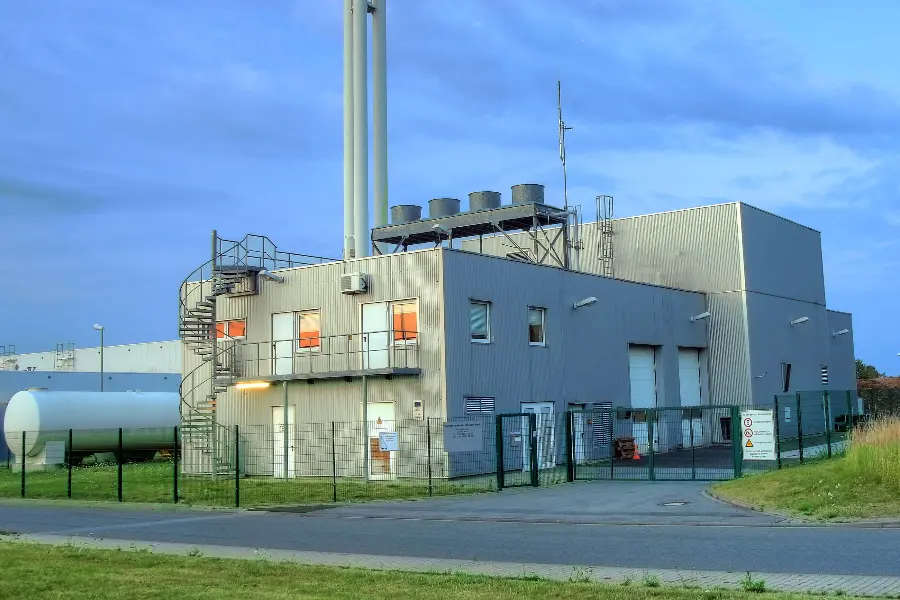
Biomass energy is another interesting player in the renewable energy field. It involves using organic materials like plants, waste wood, and even animal manure to generate energy.
When these materials are burned, they release energy that can be used to produce electricity or heat.
However, it’s important to manage biomass energy sources sustainably to ensure they don’t contribute to deforestation or other environmental problems.
Geothermal Energy
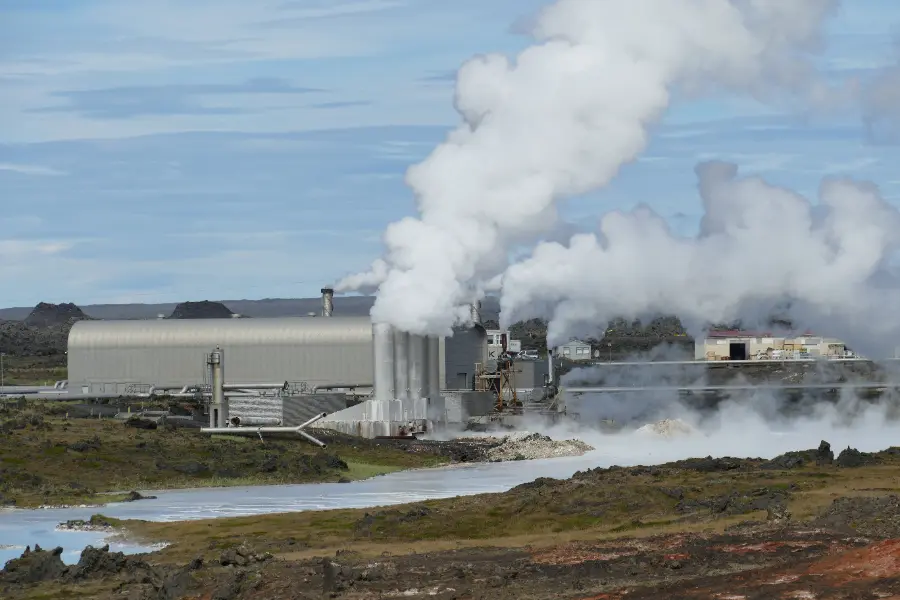
Let’s not forget about geothermal energy, the powerhouse beneath our feet.
This involves tapping into the earth’s internal heat, which is continuously produced by the decay of naturally radioactive particles in rocks.
This heat can be used to generate electricity or provide direct heating for homes and businesses.
It’s a reliable source of energy that’s available all year round, regardless of the weather or time of day.
Ocean Energy – Tidal and wave energy
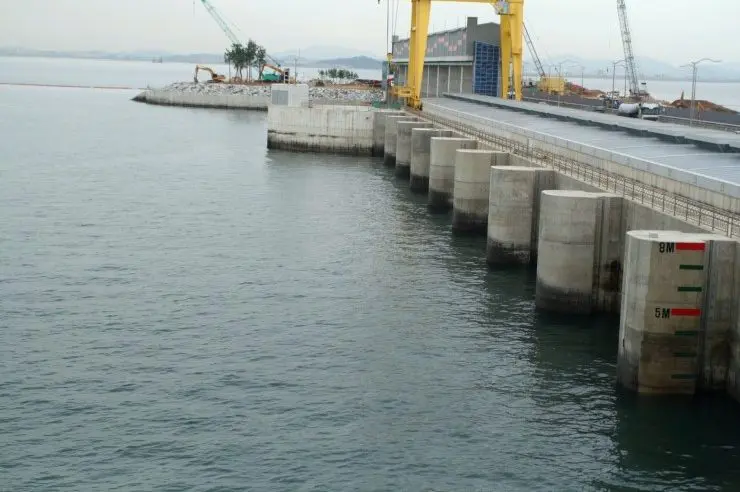
Last but not least, we have ocean energy. This involves harnessing the power of the sea, either through the ebb and flow of tides or the force of waves.
While it’s still in the early stages of development, ocean energy holds great promise, especially for coastal communities.
It’s a clean, renewable source of energy that could play a significant role in our sustainable energy mix in the future.
Renewable Energy in the Home
Ever thought about how renewable energy can power up your own home?
It’s not just about massive wind farms or sprawling solar fields. Renewable energy can also be a part of our everyday lives, right in our homes.
From solar panels on our rooftops to geothermal heating systems under our feet, there are many ways to bring the power of renewables into our living spaces.
So, let’s explore how we can turn our homes into mini power stations, contributing to a greener grid and a more sustainable future.
Solar Power
Let’s start with solar power, a shining example of renewable energy in the home. Installing solar panels on your roof allows you to capture the sun’s energy and convert it into electricity for your home.
It’s a fantastic way to reduce your electricity bills and your carbon footprint at the same time.
Plus, with net metering, you can even sell any excess power you generate back to the grid. Imagine that, your home is not just a consumer of energy, but a producer too!
Geothermal Heat Pumps
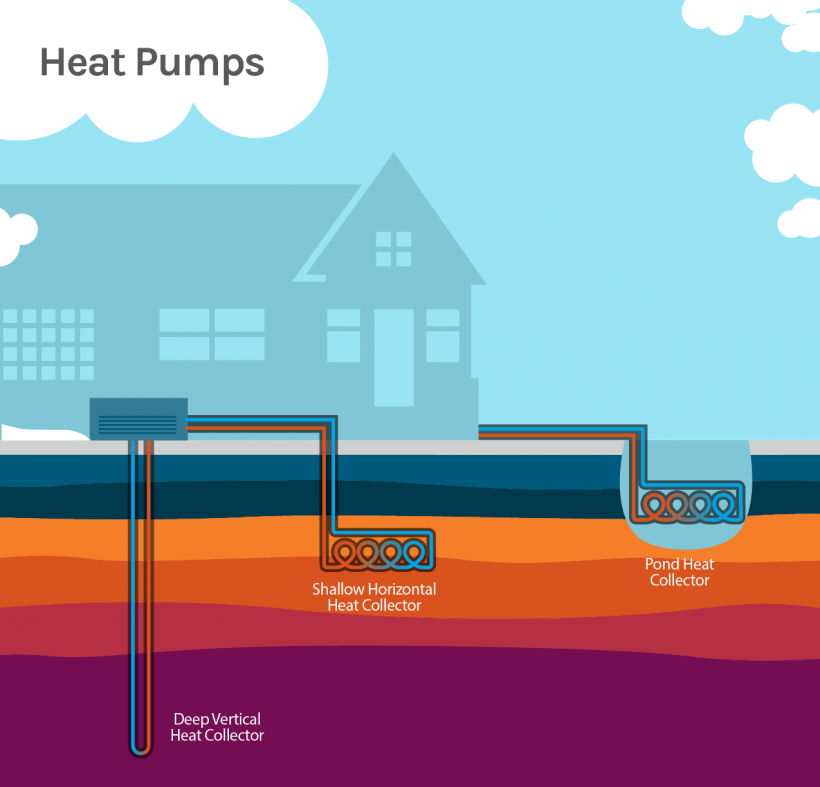
Next up, we have geothermal heat pumps, a brilliant way to tap into the earth’s steady underground temperatures.
These systems use the earth’s heat during the winter to warm your home and its coolness during the summer to keep things comfortable.
While the installation cost can be higher than traditional heating and cooling systems, the savings on your energy bills can make it a smart investment in the long run.
Small Wind Systems
If you have enough space and live in an area with good wind resources, small wind systems might be an option.
These are like mini versions of the wind turbines you see in wind farms, designed to generate electricity for individual homes or small businesses.
It’s a clean, sustainable way to power your home, and like solar power, you can sell any excess power you generate back to the grid.
Selling the Energy You Collect – Talk About Energy Efficiency!
Speaking of selling energy back to the grid, let’s delve a bit deeper into that.
Many areas offer what’s called net metering, which allows you to sell excess electricity you generate from your solar panels or wind system back to the grid.
This can offset the cost of the electricity you do use, and in some cases, you might generate more electricity than you use, leading to a net profit.
It’s a great way to maximize the benefits of your renewable energy system and contribute to a greener grid.
The Impact of Nonrenewable Energy Sources
Now that we’ve explored the bright side of energy with renewables, it’s time to take a look at the other side of the coin: nonrenewable energy sources.
These are the traditional powerhouses like coal, oil, and natural gas that have fueled our societies for centuries.
But as we’re increasingly realizing, these energy sources come with significant environmental and health costs.
So, let’s delve into the impact of nonrenewable energy sources and understand why the shift towards renewables is not just beneficial but necessary for our planet’s future.
Environmental and Health Risks Associated with Nonrenewable Energy Sources
Nonrenewable energy sources, like coal, oil, and natural gas, have been the backbone of our energy systems for a long time.
But they come with a hefty price tag for our planet and our health.
When we burn these fossil fuels, they release a cocktail of harmful pollutants into the air, including carbon emissions like carbon dioxide, a major contributor to climate change.
They also emit substances like sulfur dioxide and nitrogen oxides, which can cause respiratory problems and other health issues in humans.
Plus, the extraction and transportation of these fuels can lead to devastating environmental disasters, like oil spills and coal mine accidents that can negatively affect human activity.
The Role of Renewable Energy in Mitigating These Risks
So, where does renewable energy fit into this picture? Well, it’s like the superhero swooping in to save the day.
Renewable energy sources, like wind, solar, and hydro, don’t emit harmful pollutants when they generate electricity.
This means they can help us reduce our greenhouse gas emissions and tackle climate change.
They also don’t pose the same health risks as burning fossil fuels, leading to cleaner air and healthier communities.
Plus, because they’re replenished naturally, they don’t run the risk of causing environmental disasters through extraction and transportation.
In short, renewable energy offers a way to power our lives without compromising our health or our planet.
The Role of Individuals in Promoting Renewable Energy
Ever wondered what role you can play in the renewable energy revolution?
It’s easy to think that decisions about energy sources are made only in government offices or corporate boardrooms.
But the truth is, each one of us has a part to play in promoting renewable energy.
Whether it’s making changes in our own homes, advocating for policies that support renewable energy, or simply spreading the word about the benefits of renewables, we can all contribute to this green energy shift.
So, let’s explore how we, as individuals, can help accelerate the transition to a sustainable energy future.
How Individuals Can Advocate for and Use Renewable Energy
As individuals, we have more power than we might think to advocate for and use renewable energy.
One of the simplest ways is to switch to renewable energy in our own homes.
This could mean installing solar panels, investing in a small wind turbine, or choosing a green energy plan from your utility provider.
But our influence doesn’t stop at our own energy use. We can also advocate for renewable energy in our communities and beyond.
This could mean supporting local renewable energy projects, voting for politicians who prioritize clean energy, or even just talking to our friends and family about the benefits of renewable energy.
Every conversation, every vote, and every green energy switch adds up and can help accelerate the transition to renewable energy.
The Benefits of Using Renewable Energy at Home
So, what are the benefits of using renewable energy at home? Well, for starters, it can help you save money on your energy bills.
Renewable energy sources like solar and wind are becoming increasingly cost-competitive, and once you’ve covered the initial installation costs, the energy they generate is essentially free.
Using renewable energy at home also means you’re reducing your personal carbon footprint and contributing to the fight against climate change.
Plus, it can make you more energy-independent, reducing your reliance on the grid and protecting you from energy price hikes.
And let’s not forget the satisfaction that comes from knowing you’re doing your part for the planet and future generations. After all, there’s no place like a green home!
FAQs
Got questions about renewable energy? You’re not alone! This is a vast and evolving field, and it’s natural to have queries.
That’s why we’ve put together a handy FAQ section to address some of the most common questions people have about renewable energy.
From understanding the basics to exploring its uses in homes, we’ve got you covered.
So, let’s dive into these questions and quench our thirst for knowledge!
Q: What is renewable energy?
A: Renewable energy, often referred to as green energy, comes from natural sources or processes that are constantly replenished.
This includes energy from the sun, wind, water, and the earth’s internal heat.
Unlike fossil fuels, these energy sources won’t run out and they don’t pollute our air or water, making them a sustainable choice for powering our lives.
Q: What are the different types of renewable energy sources?
A: There are several types of renewable energy sources.
These include solar energy, which harnesses the power of the sun; wind energy, which uses the wind to generate electricity; hydroelectric power, which relies on the force of moving water; biomass energy, which involves using organic materials to generate energy; geothermal energy, which taps into the earth’s internal heat; and ocean energy, which harnesses the power of the sea’s tides and waves.
Q: How can renewable energy be used in homes?
A: Renewable energy can be used in homes in several ways.
You can install solar panels on your roof to generate electricity, use a geothermal heat pump to heat and cool your home, or even set up a small wind turbine if you have enough space.
Plus, many utility companies offer green energy plans, allowing you to power your home with electricity generated from renewable sources.
Q: What are the impacts of nonrenewable energy sources?
A: Nonrenewable energy sources, like coal, oil, and natural gas, have significant environmental and health impacts.
When we burn these fuels, they release harmful pollutants and greenhouse gases, contributing to air and water pollution, health problems, and climate change.
The extraction and transportation of these fuels can also lead to environmental disasters, like oil spills and coal mine accidents.
Q: How can individuals promote renewable energy?
A: Individuals can promote renewable energy in several ways.
At home, you can switch to renewable energy sources, like solar or wind power.
You can also advocate for renewable energy in your community, support local renewable energy projects, and vote for politicians who prioritize clean energy.
Even just talking to your friends and family about the benefits of renewable energy can help raise awareness and drive the shift towards a more sustainable energy future.
Conclusion
As we wrap up our deep dive into the world of renewable energy, it’s time to reflect on what we’ve learned and look ahead to the future.
The importance of green energy in sustainable development is clear, and the role each of us can play in this green energy revolution is empowering.
So, let’s take a moment to recap the key points and consider how we can continue to support the shift toward a more sustainable, renewable energy-powered future.
Recap of the Importance of Green Energy in Sustainable Development
We’ve journeyed through the world of renewable energy, exploring its many forms and understanding its crucial role in sustainable development.
We’ve seen how green energy, from the sun’s rays to the wind’s force, offers a clean, sustainable way to power our lives.
We’ve also delved into the impacts of nonrenewable energy sources, reminding us of the urgent need to shift towards more sustainable alternatives.
The importance of green energy in sustainable development cannot be overstated.
It’s not just about reducing our carbon footprint or saving on energy bills; it’s about ensuring a healthier, safer, and more sustainable world for us and future generations.
Local governments can dramatically reduce their carbon footprint by purchasing or directly generating electricity from clean, renewable sources.
Call to Action for More Adoption of Green Energy Solutions
Now, it’s over to you. Each of us has a role to play in promoting renewable energy.
Whether it’s installing solar panels on your roof, choosing a green energy plan from your utility provider, or advocating for renewable energy policies in your community, every action counts.
Remember, the shift to renewable energy isn’t just a task for governments or big corporations.
It’s a movement that starts at home, with individuals like you and me.
So, let’s embrace the power of renewable energy and work together to create a greener, more sustainable future.

